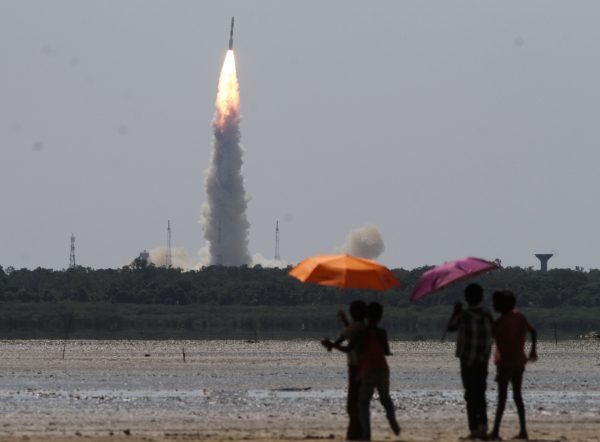

Follow us on:  
|


In late June, India successfully launched a record 20 satellites with one rocket from the southern spaceport of Sriharikota [Xinhua]
The satellites were launched into orbit at 9:28 am from the Sriharikota spaceport in the southern state of Andhra Pradesh.
One of the satellites, the Cartosat 2, is capable of taking high resolution images.
Some 96 of the nano-satellites belonged to the US. Only three of the 104 belonged to India.
Congratulations to @isro for the successful launch of PSLV-C37 and CARTOSAT satellite together with 103 nano satellites!
— Narendra Modi (@narendramodi) February 15, 2017
India has rapidly been breaking barriers in its space program.
In September, ISRO launched the GSLV F05 which for the first time used a cryogenic engine developed by Indian scientists. The engine is based on cryogenic fuels – gasses stored at very low temperatures.
In late August, India became only the fourth country in history to employ scramjet engines in the launch and propulsion of space rockets.
Scramjet technology relies on hydrogen as fuel while oxygen from the air is used as an oxidizer to burn the fuel. Combustion occurs externally while the craft is moving at supersonic speeds.
New Delhi is aiming to expand the country’s influence in the competitive $300 billion global space industry.
Read more: A BRICS space race?
The BRICS Post with inputs from Agencies